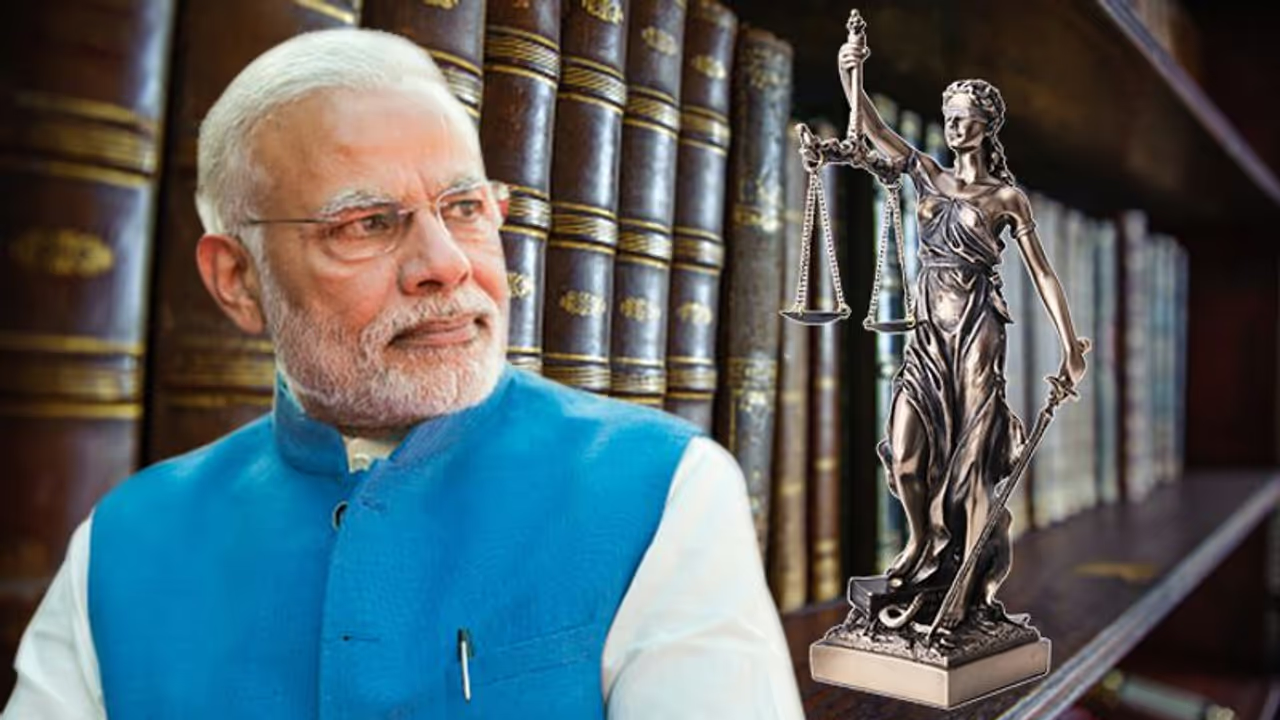The Union home ministry has decided to revamp the Indian Penal Code which was drafted in the year 1860.
Bengaluru: After abrogation of Articles 370 and 35A successfully, the Modi-led Central government has now decided to revamp the Indian Penal code (IPC).
At a function in Delhi last month, Union home minister Amit Shah said that the Bureau of Police Research and Development (BPR&D) should work on a proposal to amend various sections of the IPC and the Code of Criminal Procedure (CrPC) after seeking suggestions from people across the country.
In this regard, letters to various state governments have also been sent out to seek their recommendations on the matter.
Two committees too have been set up to look into the issue.
An official said, “The idea behind the overhaul is that the master-servant concept envisaged in IPC should change. After it was framed, the IPC has never been amended in totality. Some additions and deletions have been made,” as quoted by The Hindu.
On the issue of disproportionate punishments for crimes of grievous nature, he added, “For example — snatching of chains or bags on road. It could be life-threatening in some cases but the punishment is not commensurate with the gravity of the crime. Depending on the whims of the police, it is booked under robbery or theft. We have to standardise the punishment.”
Noted lawyer Pramila Nesargi said, "The Code was drafted way back in 1860. It takes care of the society prevalent at that point in time. Times have changed now. When it was drafted then, mobile phones were not there. Technology had not improved. So the IPC has to be overhauled keeping the present days and crimes in mind. It is a welcome move."
The penal code was drafted to cover all substantive aspects of criminal law. It was done way back in the year 1860. That means, the code is almost 160 years old.
It was the first law commission of India (put in place in in 1834 under the Charter Act of 1833) that the code was enacted. Lord Thomas Babington Macaulay was the head of the commission.
Though the code was drafted, care was taken not to implement it in the then princely states. It was only later in the 1940s that it was implemented in a fuller manner.
